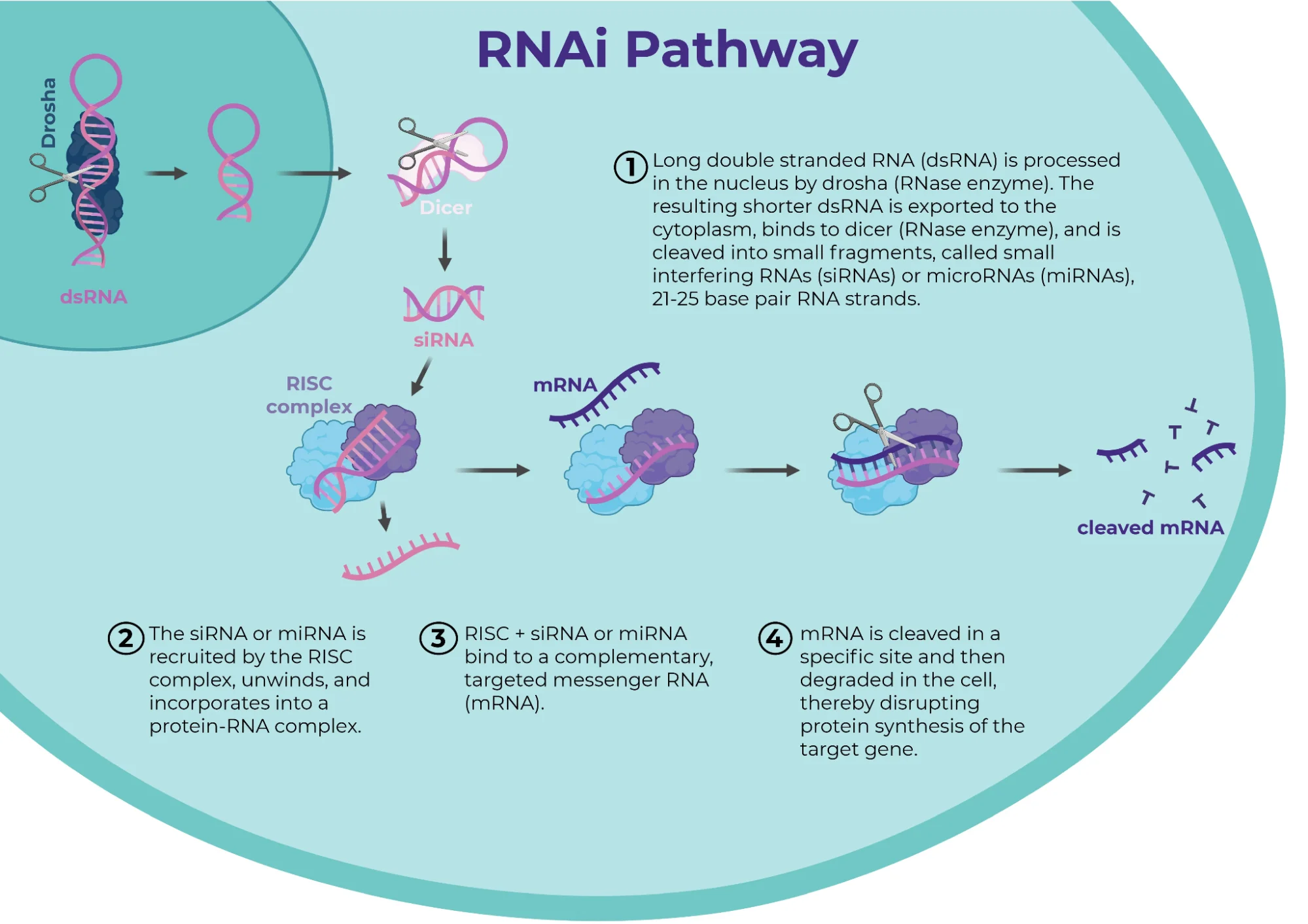Biofortification and RNA interference (RNAi) are cutting-edge biotechnological advancements in agriculture. Biofortification enhances the nutritional value of food crops by genetically embedding vitamins and minerals, unlike chemically fortified foods. RNAi is a gene-silencing technique that uses double-stranded RNA to inhibit protein production, with applications in creating pest-resistant plants.
Biofortification in Food Crops
- About: It is the process of improving the nutritional value of food crops by increasing the density of vitamins and minerals in the crop, which can be accomplished by traditional plant breeding, agronomic methods, or biotechnology.
- These genetically changed and nutrition-added crops, dubbed biologically fortified or biofortified, vary from commercially available fortified foods in that additional nutrients are genetically entrenched rather than chemically supplied.
- Example: Iron-biofortification of rice, beans, sweet potato, cassava and legumes.

RNA Interference (RNAi)
- About: It’s a gene-silencing technique that uses double-stranded RNA to prevent protein production in target cells.
- Procedure: RNAi takes place in all eukaryotic organisms as a method of cellular defence.
- This method involves silencing of a specific mRNA due to a complementary Double-stranded RNA (dsRNA) molecule that binds to and prevents translation of the mRNA (silencing).
- This natural mechanism for sequence-specific gene silencing promises to revolutionize experimental biology and may have important practical applications in functional genomics, therapeutic intervention, agriculture and other areas. [UPSC 2019]

Production of Pest-resistant Plants using RNAi
- About Nematodes: Several nematodes parasitise a wide variety of plants and animals, including human beings.
- A nematode, Meloidogyne incognita, infects the roots of tobacco plants and causes a great reduction in yield.
- Application of RNAi: A novel strategy was adopted to prevent this infestation which was based on the process of RNA interference (RNAi).
- Using Agrobacterium vectors, nematode-specific genes were introduced into the host plant.
- Procedure: The introduction of DNA was such that it produced both sense and antisense RNA in the host cells.
- These two RNA being complementary to each other, formed a double-stranded (dsRNA) that initiated RNAi and, thus, silenced the specific mRNA of the nematode.
- The consequence was that the parasite could not survive in a transgenic host expressing specific interfering RNA.
Conclusion
Biofortification and RNA interference (RNAi) are transformative tools in agriculture, addressing malnutrition and crop protection. By improving nutritional profiles and developing pest-resistant crops, these technologies contribute to sustainable farming and better health outcomes.
![]() June 4, 2024
June 4, 2024
![]() 686
686
![]() 0
0

